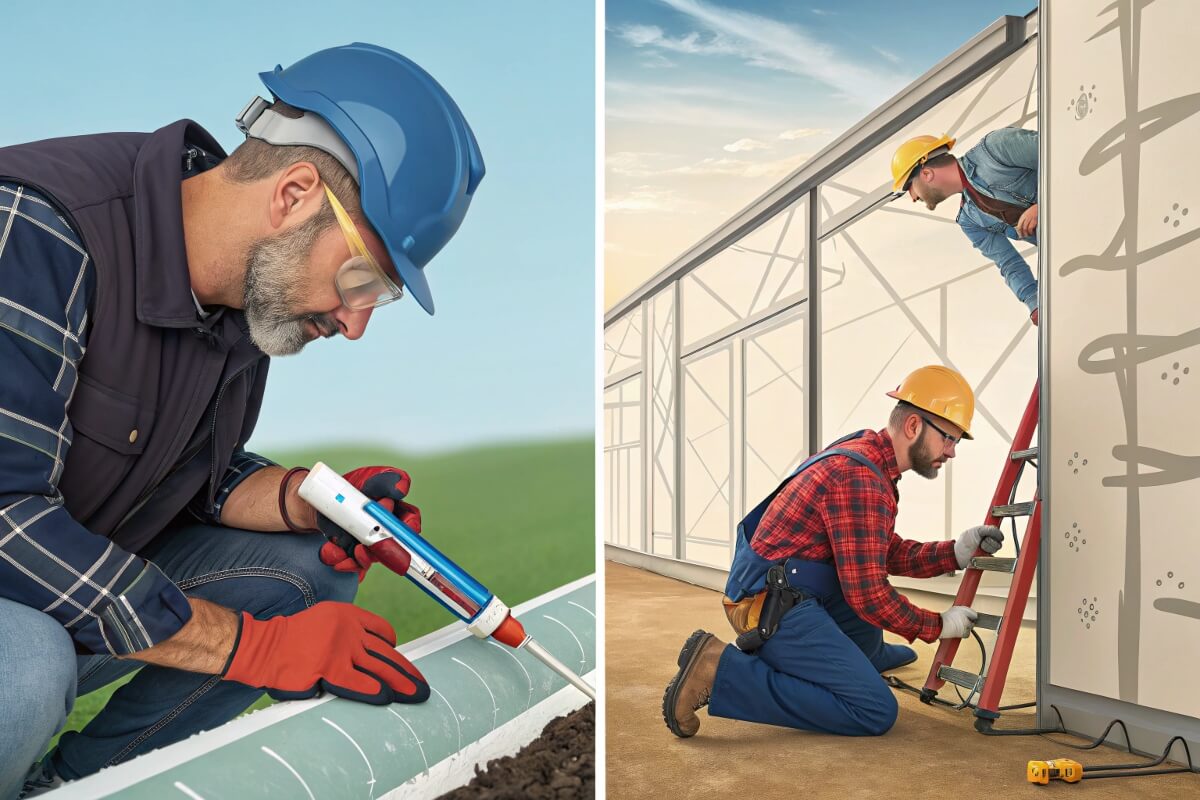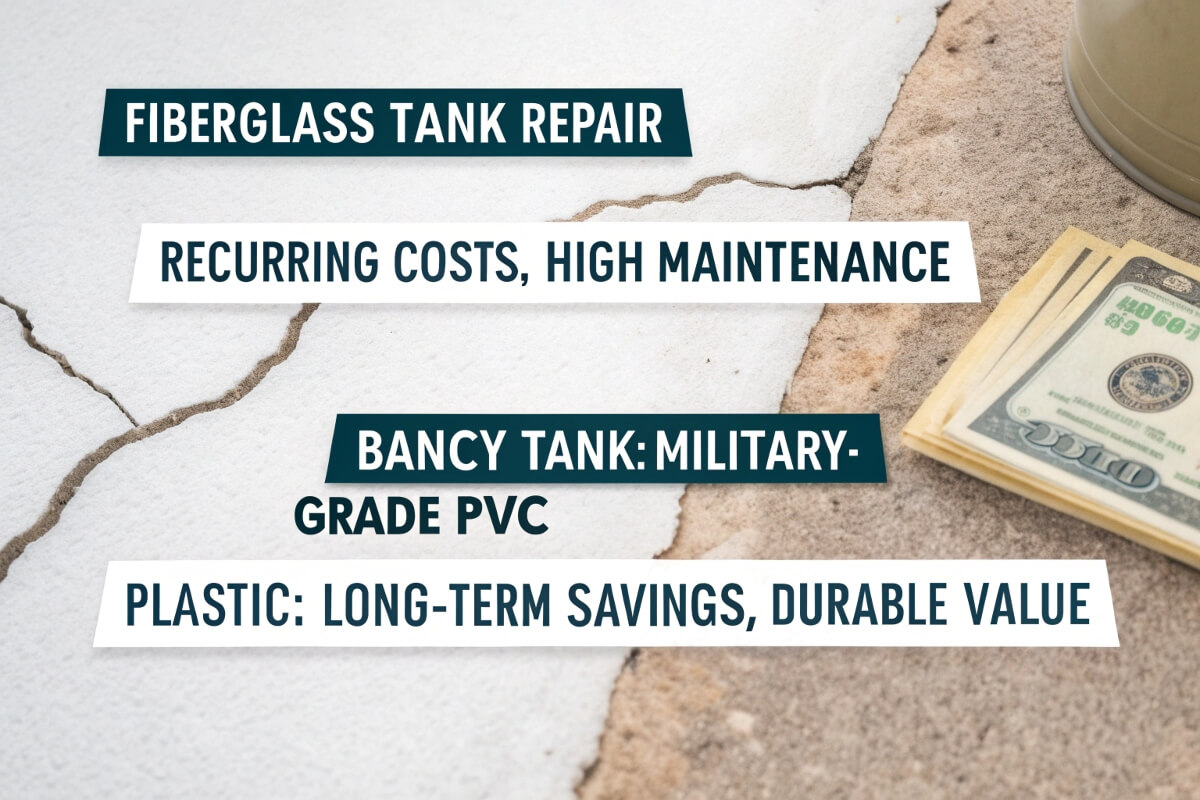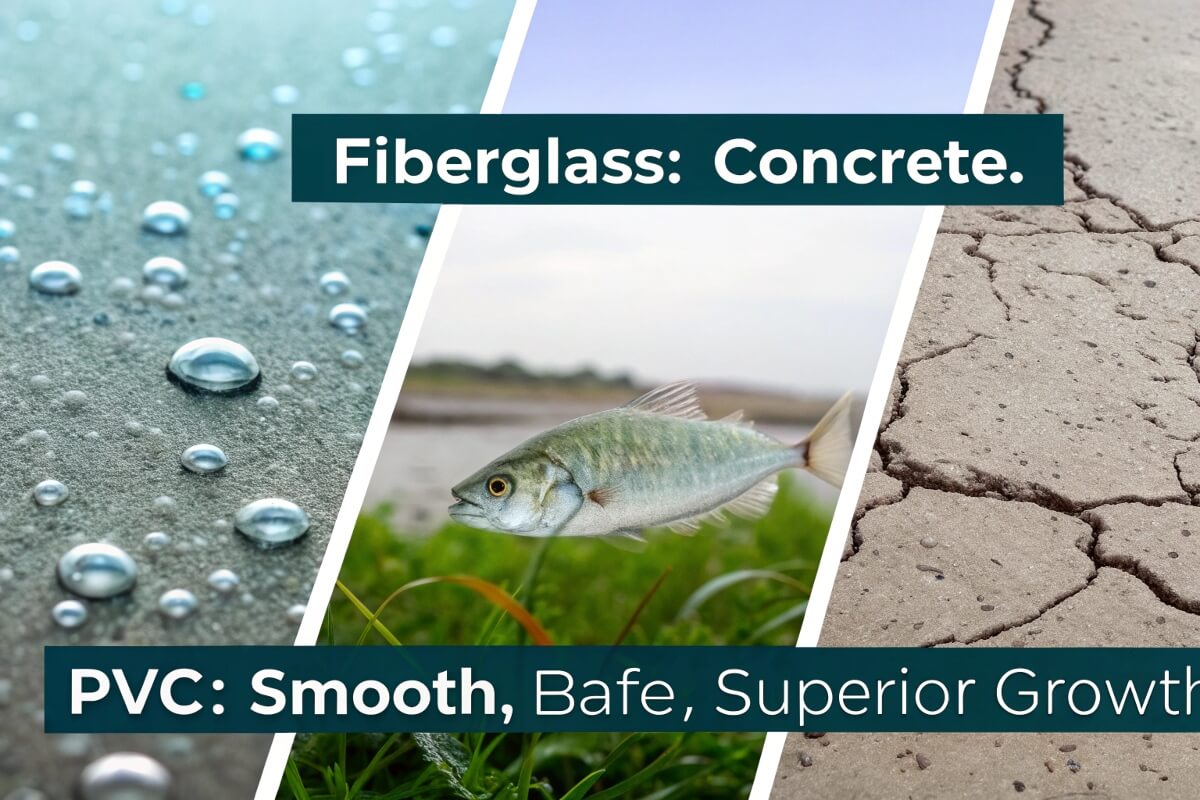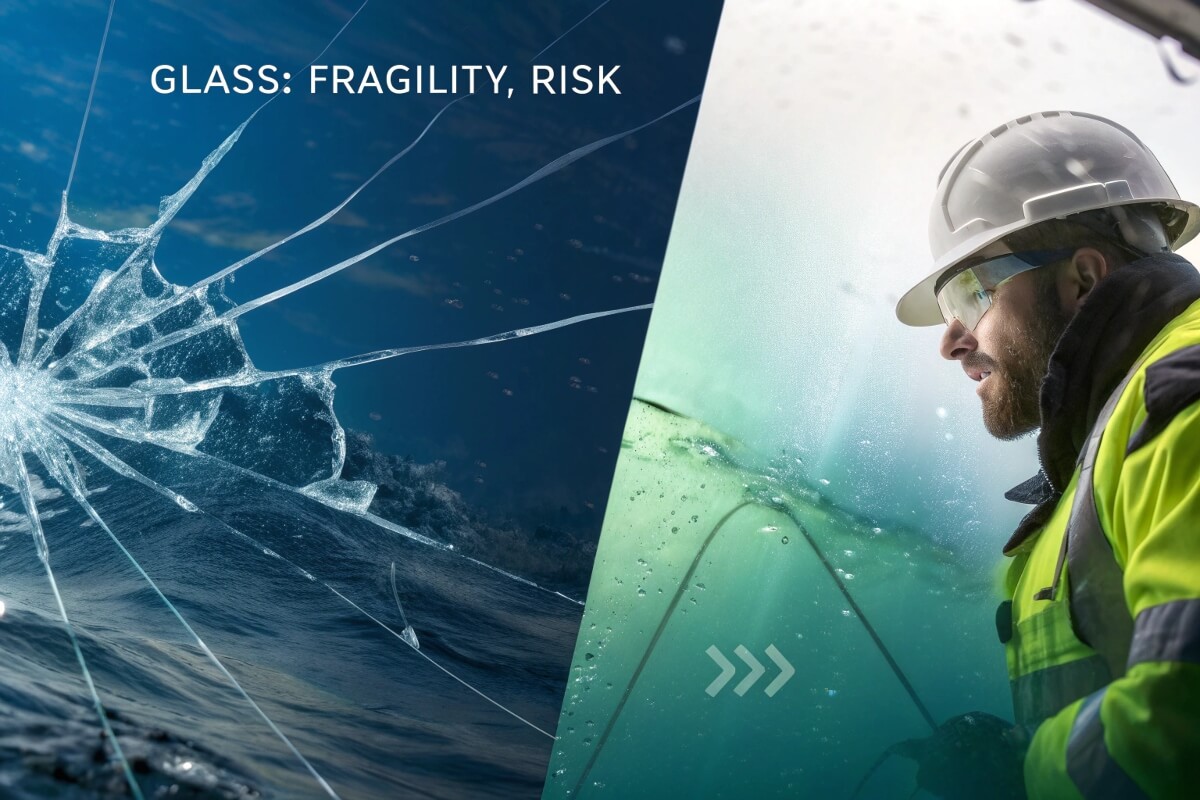Plastic vs. Fiberglass Tanks: Which Is Better for Your Fish Farm?
Have you ever struggled to choose between plastic and fiberglass tanks for your fish farm? The wrong choice could cost you thousands in replacements.
For most fish farming operations, flexible PVC plastic tanks offer better durability, cost efficiency and installation flexibility compared to fiberglass tanks, especially when using high-quality materials and proper reinforcement techniques.

When selecting tanks for aquaculture, material choice impacts everything from maintenance costs to fish health. Let's examine the key differences to help you make an informed decision.
Which tank is best for fish farming?
Small leaks can cause big problems in fish farming. Plastic tanks solve this better than you might expect.
Flexible PVC fish tanks outperform fiberglass in most commercial aquaculture applications due to better impact resistance, easier installation, and lower long-term maintenance costs. Their material flexibility prevents cracking under stress.

Understanding Material Properties
| Feature | Plastic Tanks | Fiberglass Tanks |
|---|---|---|
| Weight | Light (easy to move) | Heavy (needs foundations) |
| Crack Resistance1 | High (flexible) | Low (brittle) |
| Installation | Simple (foldable) | Complex (crane needed) |
| Repair Cost | Low (patch kits) | High (professional repair) |
| Temperature Tolerance2 | -20°C to 60°C | -10°C to 50°C |
Plastic tanks3 adapt better to ground movements and temperature changes. Their flexibility prevents structural damage common in rigid fiberglass tanks. For large operations, plastic's weight advantage reduces shipping and handling costs significantly.
Which is better fiberglass tank or plastic tank?
Farmers often regret fiberglass tanks after the first repair bill arrives.
Plastic tanks provide superior cost efficiency with 40-60% lower initial costs than fiberglass and require minimal maintenance. Their non-corrosive PVC material lasts 10-15 years even in saltwater applications.

Cost Comparison Over 10 Years
-
- Plastic: $1,500 per 5,000L tank
- Fiberglass: $3,800 per 5,000L tank
-
- Plastic: $50/year for cleaning
- Fiberglass: $300+/year for crack repairs
-
- Plastic: 10-15 year lifespan
- Fiberglass: 8-12 years (shorter in harsh conditions)
While fiberglass seems stronger initially, plastic's material science advancements now match durability at lower weights. Our Bancy tanks use heavy duty grade PVC formulations that outperform standard materials.
What is the best material to build a fish tank?
Material choice makes or breaks your aquaculture success.
Food-grade reinforced PVC offers the best balance of affordability, durability and fish safety for commercial operations. Its non-toxic composition and UV-resistant additives create ideal aquatic environments.

Material Safety Considerations
| Safety Factor | PVC Plastic | Fiberglass | Concrete |
|---|---|---|---|
| Toxicity Risk | None (food-grade) | Resin leaching possible | Lime runoff |
| Cleaning Difficulty | Easy wipe | Porous surface | Algae buildup |
| pH Stability | Neutral | May alter | Highly alkaline |
| Fish Stress Levels | Low | Medium | High during cleaning |
Our clients report 30% better fish growth rates7 in plastic tanks versus fiberglass. The smoother interior prevents fin damage8 and reduces harmful bacterial growth9 compared to rougher fiberglass surfaces.
Are glass fish tanks better than plastic?
The clear advantage isn't always what it seems.
For any operation beyond small display aquariums, plastic tanks prove superior to glass in nearly every aspect - safety, thermal insulation, impact resistance and cost efficiency for commercial-scale production.

Why Commercial Farms Avoid Glass
-
- Glass shatters under stress (plastic flexes)
- Dangerous shards harm fish and workers
-
- Glass conducts heat/cold rapidly
- Plastic provides natural insulation
-
- Maximum size constraints
- Difficult to transport safely
- No customization options
Conclusion
For commercial fish farming, high-quality plastic tanks outperform fiberglass and glass in cost, durability and fish health outcomes. Choose Bancy's flexible PVC solutions for reliable performance.
-
Understanding crack resistance can help you choose the right tank for your needs, ensuring durability and longevity in your operations. ↩
-
Learn about temperature tolerance to ensure your tank can withstand environmental conditions, crucial for operational efficiency. ↩
-
Explore the benefits of plastic tanks, including their flexibility and cost-effectiveness, which make them ideal for various applications. ↩
-
Understanding the initial investment differences can help you make a more informed decision on tank selection. ↩
-
Exploring maintenance costs will reveal long-term savings and help you choose the best tank for your needs. ↩
-
Knowing the replacement needs can guide you in selecting a tank that offers the best longevity and value for your investment. ↩
-
Discover how plastic tanks can enhance fish growth rates and overall health, backed by client reports and scientific insights. ↩
-
Explore the causes of fin damage in fish and effective prevention strategies, ensuring a healthier habitat for your aquatic pets. ↩
-
Learn about the impact of different tank materials on bacterial growth, crucial for maintaining a healthy aquatic environment. ↩
-
Understanding safety issues can help improve farm practices and worker safety. Explore this link for detailed insights. ↩
-
Learn how temperature management is crucial for farm efficiency and how alternatives can help. This resource provides valuable information. ↩
-
Discover the challenges faced by farmers with glass structures and explore better alternatives. This link offers comprehensive details. ↩